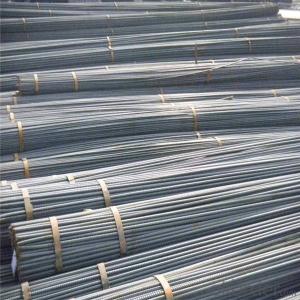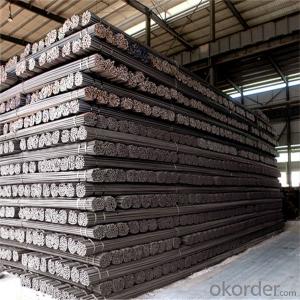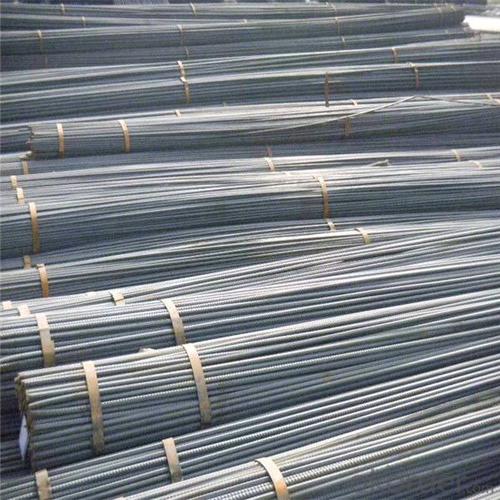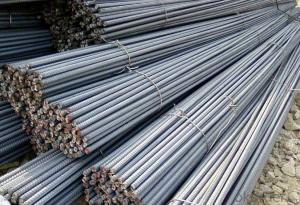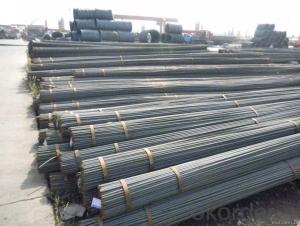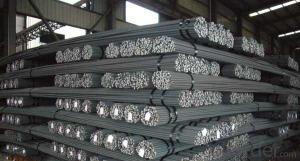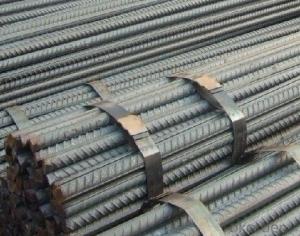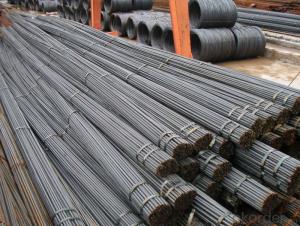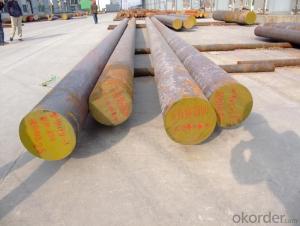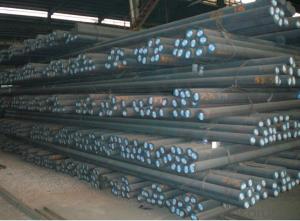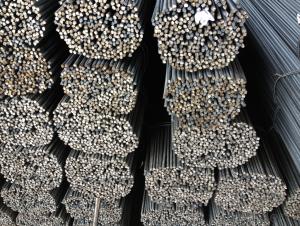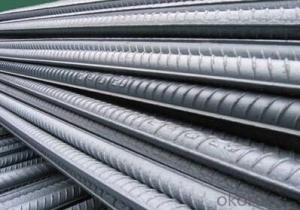Deformed steel iron rods in different diameter
- Loading Port:
- Tianjin
- Payment Terms:
- TT OR LC
- Min Order Qty:
- 1000 m.t.
- Supply Capability:
- 128362 m.t./month
OKorder Service Pledge
OKorder Financial Service
You Might Also Like
Specification
Our Advantage:
High quality steel products from 1 class mills in China
Reasonable price
Professionalism of the products
On-time delivery
Complete documents and certificates
Sincere service to meet our clients' requirements
Product Description :
Chemical composition (%): | Steel | C | Si | Mn | P | S | Ceq | ||||
HRB335 |
0.25 |
0.80 |
1.60 |
0.045 |
0.045 | 0.52 | |||||
HRB400 | 0.54 | ||||||||||
HRB500 | 0.55 | ||||||||||
Mechanical properties | Steel | Rel/ MPa | Rm/ MPa | A/ % | Agt/ % | ||||||
≥ | |||||||||||
HRB335 | 335 | 455 | 17 |
7.5 | |||||||
HRB400 | 400 | 540 | 16 | ||||||||
HRB500 | 500 | 630 | 15 | ||||||||
Package: | Standard export packing or as customer's request | ||||||||||
Application: | Construction, building, bridge, road. ect | ||||||||||
Payment terms | 1).100% irrevocable L/C at sight. | ||||||||||
Delivery time | 15-30 days after receipt of L/C or deposit by T/T | ||||||||||
Features
1、Pure steel quality, stable chemical contents, small tolerance.
2、Constant Quality, good drawing performance.
3、High dimension accuracy degree, accuracy degree of Level C up to 80%, smooth surface, less scale, easy to be pickled.
4、Automatic bundling with 4 lines by Machine in tidy and good looks
5、Big high quality percentage, small coil percentage, and heavy coil weight for Hard Coil.
6、High sorbitizing percentage.
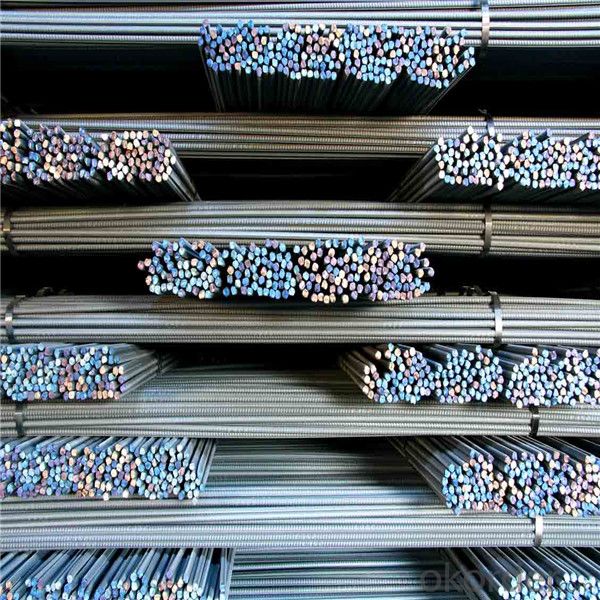
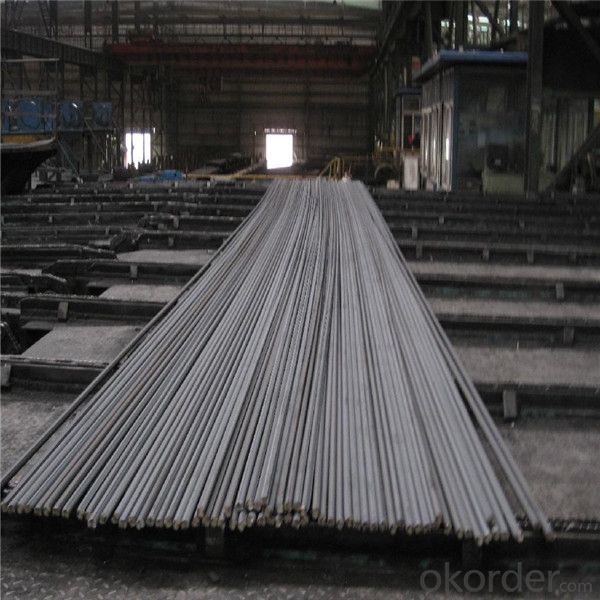
Packing:
In bundles, each bundle weight 3.5 tons. Load by container or by bulk verssel.
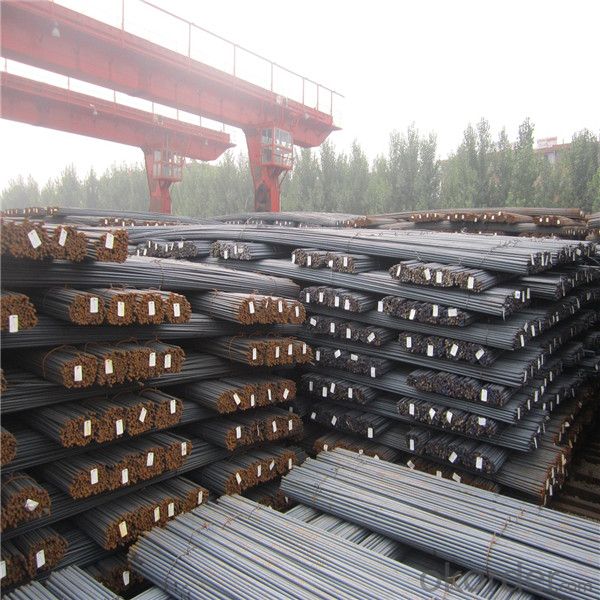
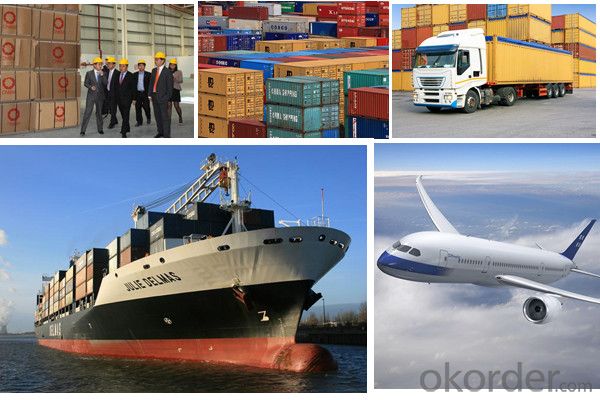
Our service
(1) We cooperate with famous factories with advanced equipment and well trained workers.
(2) We can provide factory price with trading company service.
(3) We continuously work on the improvement of our processes, guaranteeing consistently high standards
of quality to keep none compensation.
(4) We guarantee 24 hours response and 48 hours solution providing service.
(5) We accept small order quantity before formal cooperation.
(6) We deliver the agreed quality at the agreed time, reacting to changes in customer wishes in a flexible way.
(7) Due to our volume and selling power, we have excellent freight rates with shipping lines.
(8) We strive to always be fair and honest in our dealings with customers.
(9) We strive to work together with customers to achieve much more than we can achieve alone.
(10) Through our passion and commitment we aim to be a market leader in all our key markets. To maintain
our position as market leader we must continue to add value in all that we do.
FAQ:
1.Q: What's your MOQ(minimum order quantity)?
A: One full container, mixed acceptable .
2. Q: What's your packing methods?
A: Packed in bundle or bulk ..
3. Q: How can I buy CNBM products in my country?
A:Please send us an inquiry or email ,we will reply to you if there is distributor in your country
4. Q: Can we visit your factory?
A: Warmly welcome. Once we have your schedule, we will arrange the professional sales team to follow up your case.
5. Q: How long does it take to get the product if i place an order?
A:With the process of your requirements,we will pack and deliver in 3-7 days. If it is by sea shipment,it will take 15-45 days depending on different locations
- Q: Can steel rebars be used in slabs and beams?
- Yes, steel rebars can be used in slabs and beams. Steel rebars, also known as reinforcing bars, are commonly used in concrete construction to provide reinforcement and increase the strength and durability of the structure. In slabs, rebars are typically placed in a grid pattern to distribute the load and prevent cracking or failure of the concrete. They help to control and minimize the formation and propagation of cracks caused by shrinkage, temperature changes, or external loads. Similarly, in beams, rebars are used to enhance the structural integrity and load-bearing capacity of the concrete members. By adding steel rebars to slabs and beams, the overall strength, stiffness, and resistance to bending and shearing forces are significantly improved, ensuring a safer and more reliable construction.
- Q: Can steel rebars be used in residential foundation construction?
- Yes, steel rebars can be used in residential foundation construction. Steel rebars are commonly used in reinforced concrete structures, including residential foundations, to enhance their strength and durability. The rebars are typically placed in a grid pattern throughout the foundation to provide reinforcement and prevent cracking or structural failure. They help to distribute the load of the building evenly and increase its resistance to various forces, such as soil pressure, wind, and seismic activity. Additionally, steel rebars are resistant to corrosion and can withstand extreme weather conditions, making them a reliable choice for residential foundation construction.
- Q: What is the average lifespan of steel rebars in marine environments?
- The average lifespan of steel rebars in marine environments varies depending on several factors such as the quality of the steel, level of exposure to saltwater and other corrosive elements, maintenance practices, and design considerations. However, with proper corrosion protection measures and regular maintenance, steel rebars in marine environments can typically last around 30 to 50 years.
- Q: What's the difference between primary and two grade steel and three grade steel?
- There are two levels of steel rebar, three steel, four steel grade difference, no grade steel, there are a lot of customers to wire (round) mistakenly called a steel. At present, China is gradually out of grade two steel, four steel grade two steel grade HRB335, three grade steel grade HRB400, four grade of steel wire is HRB500, (Pan Yuan) new material grades are HPB195, HPB235, HPB300, old wire material grades corresponding is Q195, Q235.
- Q: Are steel rebars resistant to chemical exposure?
- Yes, steel rebars are generally resistant to chemical exposure due to their inherent corrosion resistance properties. However, certain aggressive chemicals or environments can still cause corrosion over time, making it necessary to choose the right type of rebar or provide additional protective measures to ensure long-term durability.
- Q: Can steel rebars be used in the construction of office buildings?
- Yes, steel rebars can be used in the construction of office buildings. Steel rebars are commonly used as reinforcement in concrete structures, including office buildings, to provide strength and stability. They are crucial in reinforcing the concrete and enhancing the building's overall structural integrity.
- Q: What are the advantages of using epoxy-coated steel rebars?
- There are several advantages to using epoxy-coated steel rebars in construction projects. Firstly, epoxy coating provides excellent corrosion resistance. Steel rebars are prone to corrosion when exposed to moisture, oxygen, and other environmental elements. The epoxy coating acts as a protective barrier, preventing these elements from reaching the surface of the steel and thus reducing the risk of corrosion. This significantly extends the lifespan of the rebars and enhances the overall durability of the structure. Secondly, epoxy-coated steel rebars offer improved bonding strength. The epoxy coating provides a rough surface that enhances the adhesive properties between the rebar and the concrete. This results in better load transfer, ultimately strengthening the structure. The increased bonding strength also helps in reducing cracking and enhancing the overall structural integrity. Another advantage of epoxy-coated steel rebars is their ability to resist chemical attack. In certain environments where structures are exposed to chemicals or aggressive substances, such as wastewater treatment plants or industrial facilities, the epoxy coating acts as a barrier that prevents these chemicals from directly contacting the steel. This helps in preserving the rebars and maintaining the structural integrity over the long term. Additionally, epoxy-coated steel rebars provide easier handling and installation. The smoothness of the epoxy coating reduces friction between the rebar and other construction materials, making it easier to position and place the rebars accurately. This simplifies the construction process, enhances productivity, and reduces labor costs. Lastly, epoxy-coated steel rebars offer aesthetic benefits. The epoxy coating can be customized to various colors, allowing for better visual integration with architectural designs. This is particularly useful in projects where the rebars are exposed and visible, such as bridges or artistic structures. In conclusion, the advantages of using epoxy-coated steel rebars include corrosion resistance, improved bonding strength, chemical resistance, easier handling and installation, and aesthetic benefits. By using epoxy-coated steel rebars, construction projects can benefit from enhanced durability, reduced maintenance costs, and improved structural performance.
- Q: Can steel rebars be used in the construction of power plants or industrial facilities?
- Yes, steel rebars can be used in the construction of power plants or industrial facilities. Steel rebars are extremely strong and durable, making them an ideal choice for reinforcing concrete structures in these types of facilities. They provide the necessary strength and support to withstand heavy loads, vibrations, and extreme temperatures that are often encountered in power plants and industrial facilities. Additionally, steel rebars are resistant to corrosion, which is crucial in these environments where exposure to moisture, chemicals, and other harsh elements is common. Therefore, steel rebars are commonly used in the construction of power plants and industrial facilities to ensure the structural integrity and longevity of the buildings.
- Q: What is the recommended method for splicing steel rebars together?
- The recommended method for splicing steel rebars together is typically achieved using mechanical splices or lap splices. Mechanical splices involve connecting two rebars using couplers or sleeves, which are designed to provide strength and stability to the joint. Lap splices, on the other hand, involve overlapping the rebars and securing them together with steel wire or tie bars. The choice of method depends on factors such as the structural requirements, rebar diameter, and construction specifications.
- Q: How are steel rebars classified based on their shapes?
- Various types of steel rebars are categorized according to their shapes. Among the commonly used types is the plain round bar, which is a straight cylindrical rod without any deformations or protrusions. Another type is the deformed bar, which possesses deformations or ribs on its surface. These deformations effectively enhance the bond between the bar and the concrete, thereby improving the overall structural strength. Deformed bars come in different patterns of deformations, including ribbed, twisted, and indented. Ribbed bars have evenly spaced protrusions along their length, which increase the surface area and enhance the grip with the concrete. Twisted bars, on the other hand, showcase a helical pattern of deformations, providing a strong grip. Indented bars feature small indentations or notches on their surface, thereby enhancing the bond strength. In addition to plain round and deformed bars, there are also specialized shapes available for specific applications. These include square bars, which have a square cross-section, and rectangular bars, which possess a rectangular cross-section. These shapes are often utilized in scenarios where the rebars need to be positioned in a particular orientation or where additional strength is required in a specific direction. Overall, the classification of steel rebars based on their shapes permits the selection of the most suitable type for various construction projects, taking into account factors such as bonding strength, load-bearing capacity, and specific design requirements.
Send your message to us
Deformed steel iron rods in different diameter
- Loading Port:
- Tianjin
- Payment Terms:
- TT OR LC
- Min Order Qty:
- 1000 m.t.
- Supply Capability:
- 128362 m.t./month
OKorder Service Pledge
OKorder Financial Service
Similar products
Hot products
Hot Searches
Related keywords
